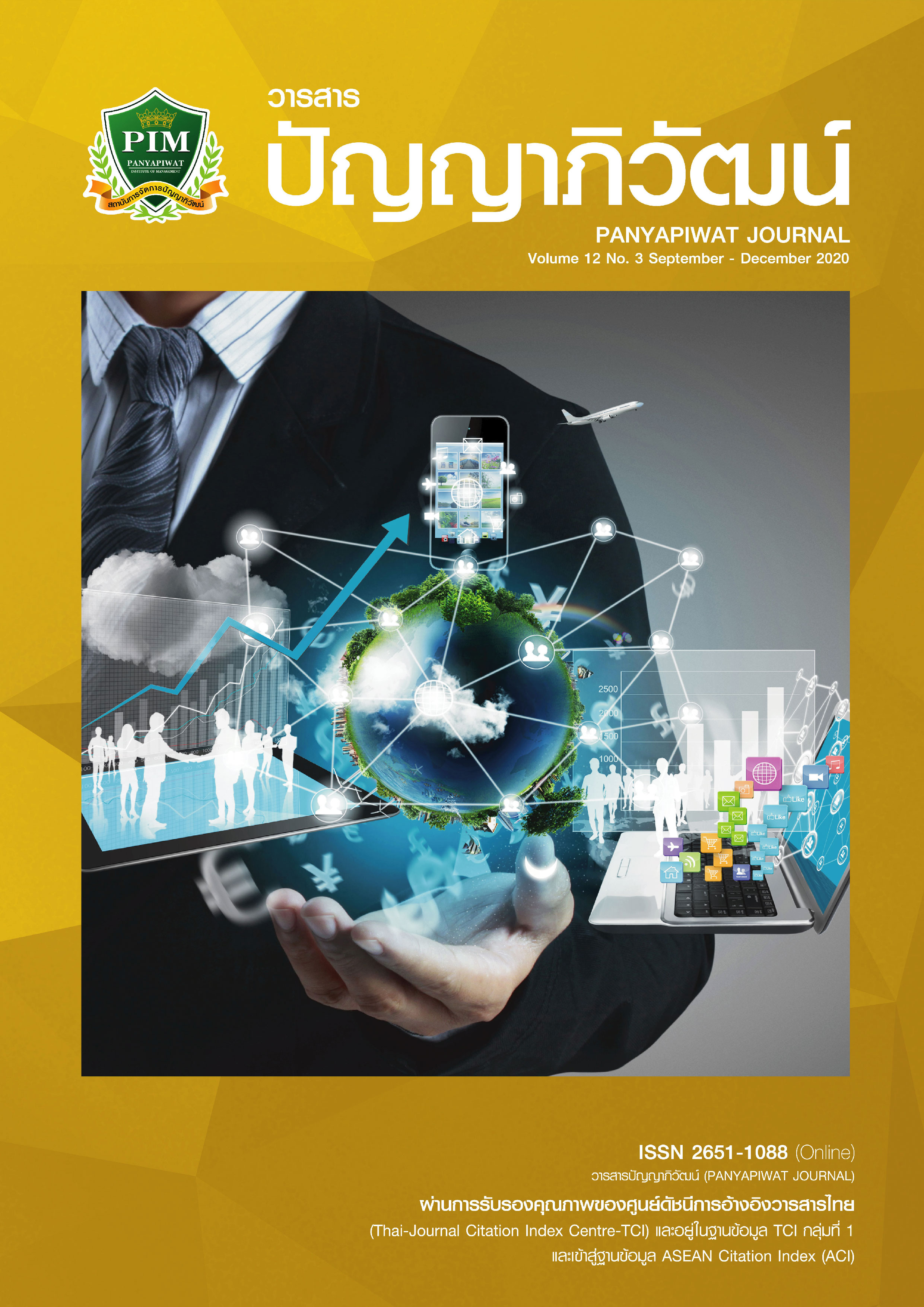DOES FOREIGN DIRECT INVESTMENT AFFECT INCOME INEQUALITY IN ASEAN?
Main Article Content
Abstract
This study aimed to examine the impact of foreign direct investment on income inequality in ASEAN in a decade from 2006 to 2015 by using panel data analysis. By applying the panel data analyses with the fixed-effect model and random effect model. Gini index refers to income inequality. The results show that education reduces income gaps. On the other hand, openness and GDP per capita exacerbate the income distribution in ASEAN. However, inward FDI per GDP has an insignificant effect on income inequality of the host countries.
Article Details
I and co-author(s) certify that articles of this proposal had not yet been published and is not in the process of publication in journals or other published sources. I and co-author accept the rules of the manuscript consideration. Both agree that the editors have the right to consider and make recommendations to the appropriate source. With this rights offering articles that have been published to Panyapiwat Institute of Management. If there is a claim of copyright infringement on the part of the text or graphics that appear in the article. I and co-author(s) agree on sole responsibility.
References
Ángeles Castro, G. (2011). The Effect of Trade and Foreign Direct Investment on Inequality: Do Governance and Macroeconomic Stability Matter. Economía Mexicana NUEVA ÉPOCA, 20(1), 181-219.
Fiscal Policy Research Institute Foundation. (2015). Situation of Foreign Direct Investment in ASEAN. Retrieved January 20, 2019, from http://www.fpri.or.th/wp/
Farhan, M. Z. M & Azman-Saini, W. N. W. (2014). FDI and Income Inequality in ASEAN-5 Countries: A Quantile Regression Approach. Persidangan Kebangsaan Ekonomi Malaysia ke-9 (PERKEM ke-9) Conference, 17 – 19 October 2014. (pp. 601 - 608). Malaysia: Kuala Terengganu, Terengganu.
Im, H. & McLaren, J. (2015). Does Foreign Direct Investment Raise Income Inequality in Developing Countries? A New Instrumental Variables Approach, University of Virginia. Retrieved May 20, 2019, from https://www.rse.anu.edu.au/media/772451/Im-Hyejoon.pdf
Krugman, P. R., Obstfeld, M. & Melitz, M. J. (2012). International economics: Theory & policy (6th ed.). Boston, MA: Pearson Addison-Wesley.
Krugman, P. R., Obstfeld, M. & Melitz, M. J. (2015). International economics: Theory & policy (10th ed.). Boston, MA: Pearson Addison-Wesley.
Kuznets, S. (1955). Economic Growth and Income Inequality. The American Economic Review, 45, 1-28.
Mihaylova, S. (2015). Foreign direct investment and income inequality in Central and Eastern Europe, Varna University of Economics. Theoretical and Applied Economics, 2(603), 23-42.
Nasution, H. N. & Mavondo, F. T. (2005). The impact of service quality on customer value in the hotel industry. ANZMAC Conference 2005, 5-7 December 2005. Fremantle, Western Australia: ANZMAC.
Rabbani, M., Aghabegloo, M. & Farrokhi-Asl, H. (2016). Solving a bi-objective mathematical programming model for bloodmobiles location routing problem. International Journal of Industrial Engineering Computations, 8(1), 19-32.
The ASEAN Secretariat. (2015). FDI Development and Corporate Investment Strategies. Retrieved June 20, 2019, from https://asean.org/storage/images/2015/November/aseaninvestment-report/ASEAN%20Investment%20Report
Thongpakdee, N. (2015). Public Economics. Bangkok: Sam Lada Limited Partnership. [in Thai]
Trinh, N. H. (2016). The Effect of Foreign Direct Investment on Income Inequality in Vietnam, Doshisha University. International Journal of Economics, Commerce and Management, 4(12), 158-173.
White, H. (1980). A Heteroskedasticity-Consistent Covariance Matrix Estimator and a Direct Test for Heteroskedasticity. Econometrica, 48(4), 817–838.
Willem te Velde, D. & Morrissey, O. (2004). Foreign Direct Investment, Skills and Wage Inequality
in East Asia. Journal of the Asia Pacific Economy, 9(3), 348-369.


